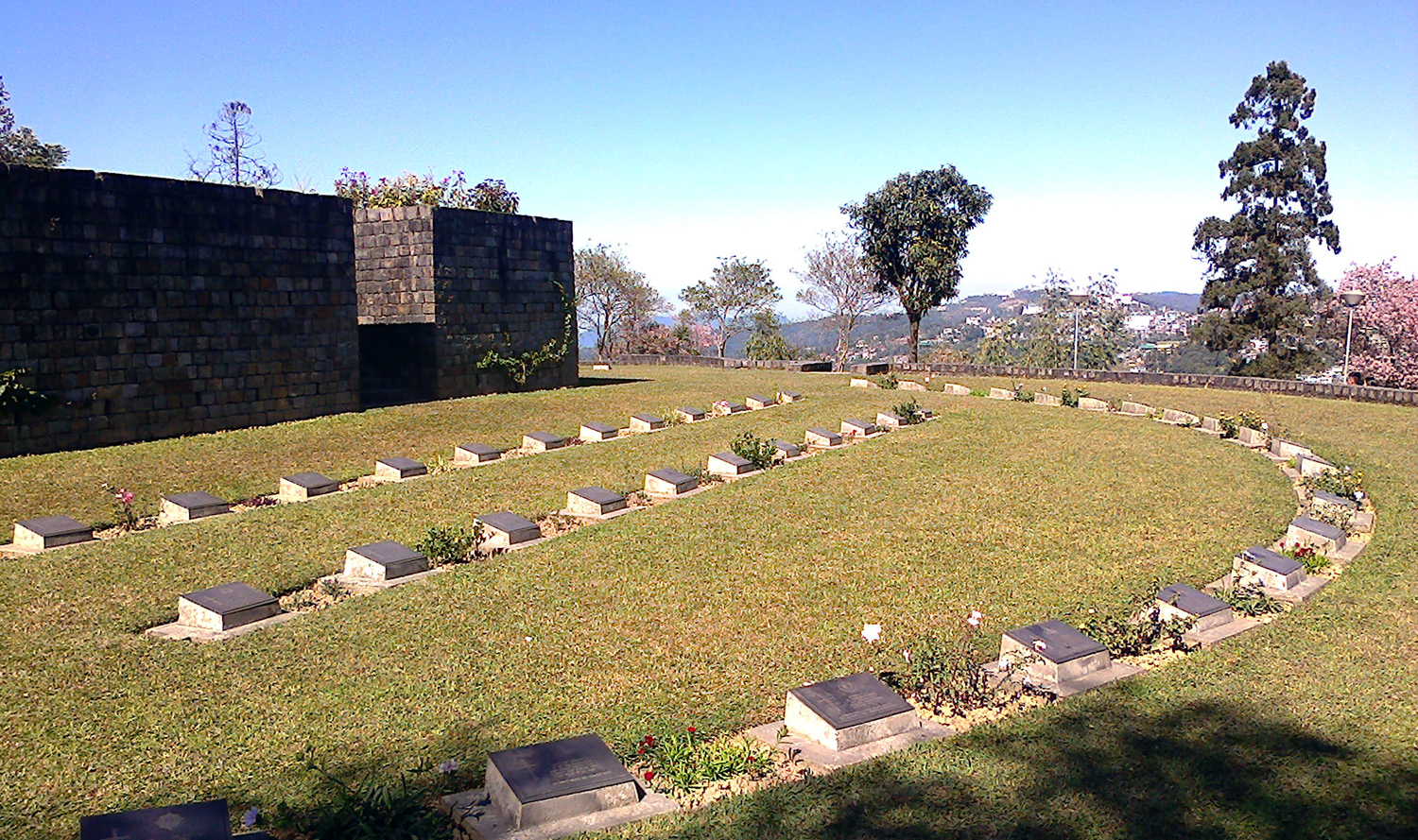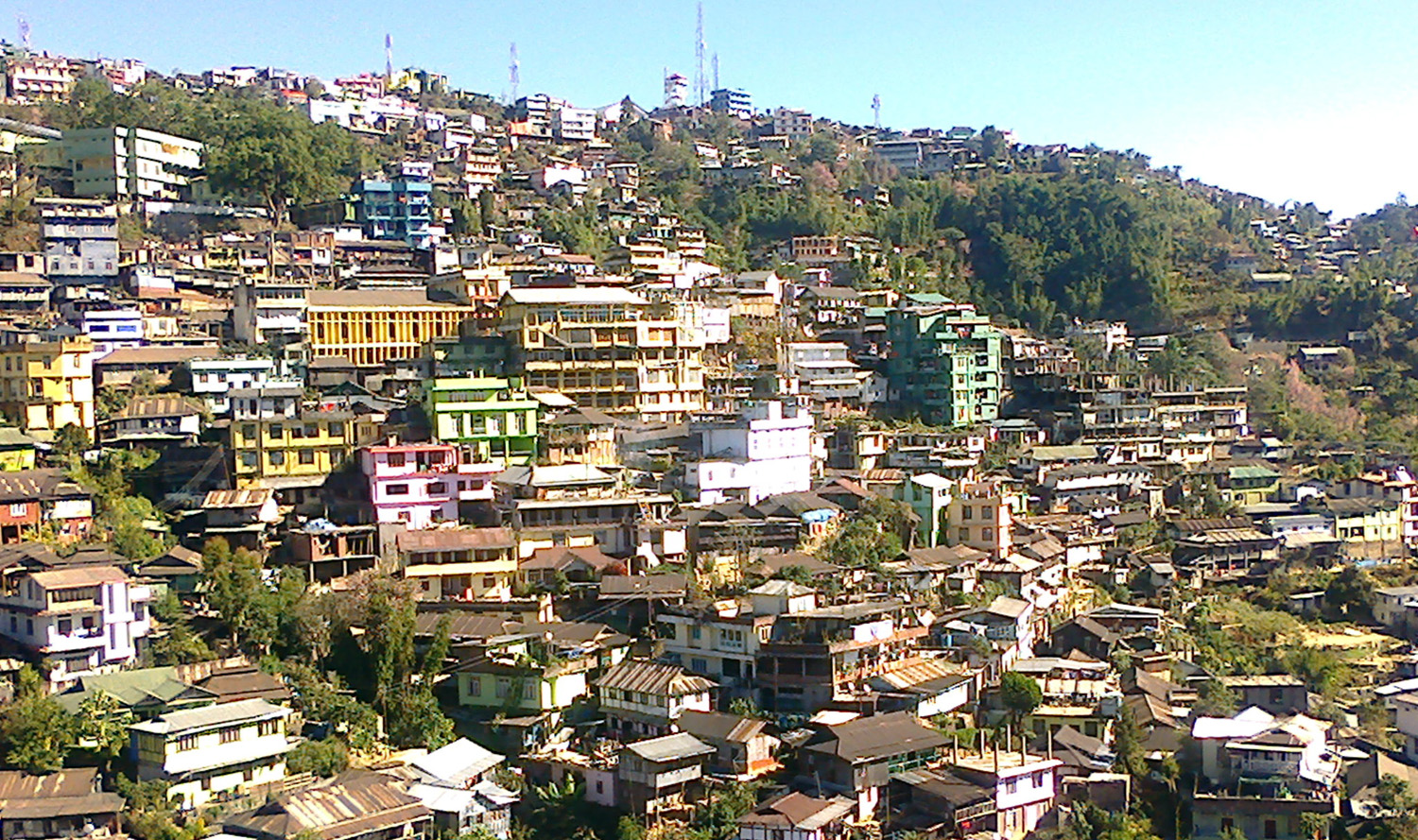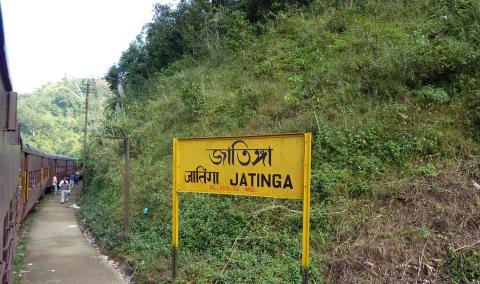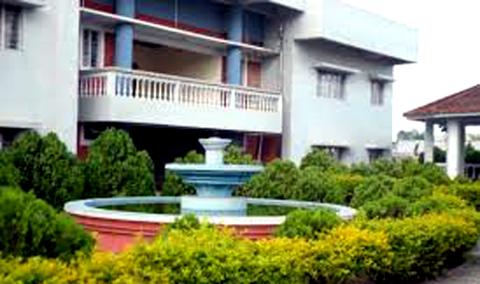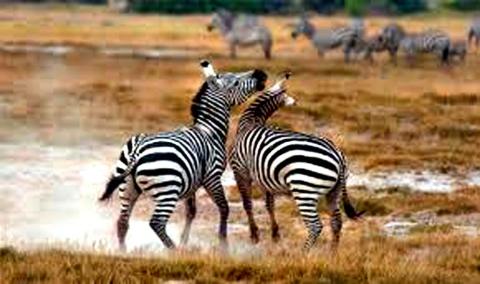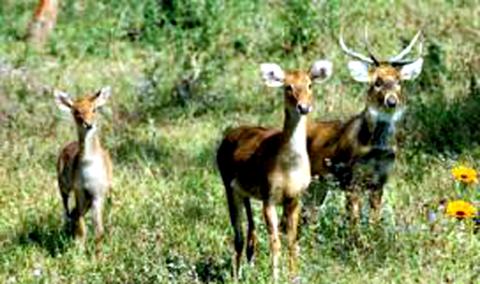“When you go home, tell them of us and say, for your tomorrow, we gave our today”-- reads the epithet at the KohimaWar Cemetery in Nagaland-- a symbolic citation dedicated to the memory of the heroes who made their supreme sacrifices in the battle of Kohima in April 1944. Each grave has a bronze plaque with a suitable epitaph for the young soul who went down gallantly forcing the Japanese retreat from Kohima during the World War II.
Kohima, a hill station and the state capital of Nagaland is situated at an altitude of 1,495 meters above sea level and less than 3 hours drive from Dimapur on NH 39. Kohima shares its borders with Assam and the Dimapur district in the West, Phek district in the East, Manipur and the Peren district in the South and Wokha district in the North. The Kohima village, also called 'Bara Basti' is the second largest village in Asia and forms the north eastern part of Kohima urban.
Major attractions of Kohima include the Dzukou Valley, 30 kms south of Kohima and one of the best trekking spots in the Northeast. The entire valley looks appear like a mowed lawn, over-shadowed with a bamboo brush variety. While rhododendrons ornament the hills surrounding the valley in summer, white and yellow lilies and other wild flowers adorn the Dzukou during the monsoon.
The Japfu peak is 15 kilometers from Kohima and suited for trekkers and climbers. Situated at an elevation of 3,048 meters, it is the second highest peak of Kohima. The view of Kohima from here is enchanting. The Japfu boasts of having the tallest rhododendron measuring over 130ft. and the girth at the base measuring 11 ft. that has entered the Guiness Book of World Records.
Dzüleke is an ideal place for a quiet holiday. The Naga villages are generally situated on hill tops and ridges. One can experience the tradition of the Morung—a boy’s dormitory in the Poilwa village. The dormitory is used for storing weapons and display of trophies and prizes of war. Tuophema is known as a tourist village maintained by the village community. Tuophema is 41 km from Kohima and is thronged by tourists during the celebration of Angami Sekrenyi festival during February 25-27 every year.
Spread over 9 sq kms, the Pulie Badze Sanctuary is another important destination for wildlife buffs that lies within the proximity of Kohima.
The Nagaland State Museum in Kohima is a one-stop treasure house that exhibits rare collection of artifacts of the different tribes of the state.
The Catholic Cathedral situated at the Aradura hill is another important landmark of Kohima. It is one of the largest cathedrals of Northeast India and houses the biggest Cross in India made of wood.
New Market is a sales emporium situated at the heart of Kohima. One can shop from a wide range of Naga handicrafts, colourful and warm Naga shawls, bags, baskets, carvings and other traditional handloom and handicraft products.
